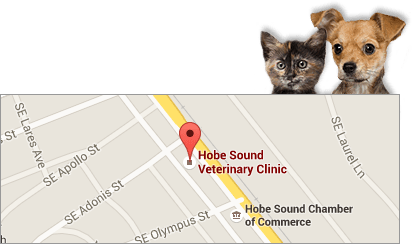When a pet is recovering from a surgical incision, wound, skin infection, or some other bodily harm, there is a natural tendency to scratch, bite, lick, or chew at the site. For instance, if you notice your dog’s paw pad is swollen, they might excessively lick it, potentially worsening the condition. Of course, this kind of self-traumatization extends recovery time and can even cause a pet to heal improperly! That’s where the Elizabethan collar comes in—these cone-shaped plastic devices fasten around your pet’s neck to prevent any form of self-trauma during recovery.
The Basics
The Elizabethan collar—nicknamed the E-collar and sometimes referred to as the “cone of shame”—is named after the ruffs worn by the wealthy in Elizabethan-era England. It was first patented in the United States as a protective item for pets in the late 1950s. Elizabethan collars can be used on dogs and cats alike, and are usually made of plastic but may also be made from other materials, like fabric. E-collars may fasten around a pet’s neck with string or Velcro, or they may have adjustable tabs or bands built in.
Proper Sizing
There are different sizes of Elizabethan collars, and it’s important that the proper size is given to the pet who needs it. If a collar is too tight, it could choke a pet; if it’s too loose, it could fall off and allow the pet to inflict harm on themselves.
Another important consideration is the length of the E-collar. Ideally, the end of your pet’s cone will sit near the tip of their nose, allowing them to go about their business with relative normalcy while also eliminating their ability to scratch, bite, lick, or chew themselves.
Caring for a Pet With an E-Collar
Keep a close eye on your pet whenever he or she is wearing their E-collar. It’s possible for pets to get the collar stuck between things, or your pet could manage to bite off and ingest a piece of the plastic.
When an Elizabethan collar is sized and fit properly, a pet should be able to eat and drink without a problem. That doesn’t mean that they’ll actually do it, though! If your pet refuses to eat or drink while wearing the collar, you may have to remove it for meals while making sure they don’t chew or scratch at a healing site, and then reattach the collar when they’re done. Ask your vet for further advice.
To learn more about the Elizabethan collar, call your vet’s office in Hobe Sound, FL. If your pet requires veterinary surgery, our team can provide guidance on post-operative care, including the proper use of E-collars to ensure a smooth recovery.




